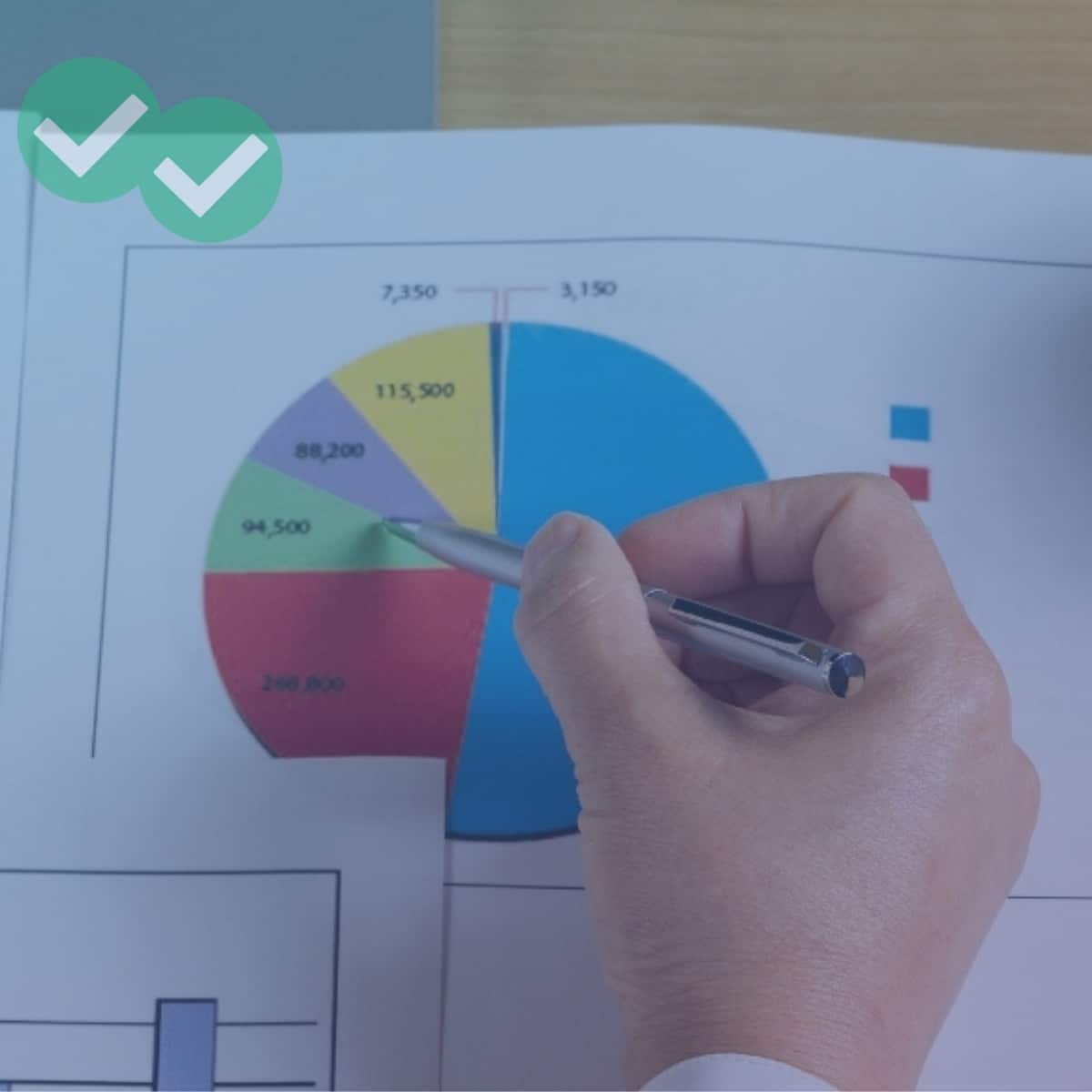
If you’re just getting started in your IELTS journey, you might be wondering how each of the sections are scored. Today, we’re going to take a closer look at one of the scoring criteria for IELTS Academic Writing: Coherence and Cohesion. Before we begin, you should know that the four scoring categories for the official IELTS Academic Writing Task 1 rubric PDF are:
- Coherence and cohesion
- Lexical resource
- Grammatical range and accuracy
- Task achievement (i.e. the big picture)
The IELTS Writing Task 2 rubric PDF also contains the first three categories, with the fourth one called task response instead.
What is Coherence and Cohesion on the IELTS?
Coherence and cohesion is a measurement of your ability to present ideas logically and clearly. In other words, the IELTS wants to see that your ideas make sense in the order you present them and that they work together in a logical way.
This is one of the key categories for scoring a band 9 on IELTS Writing Task 1 and Task 2.
The Key Components of Coherence and Cohesion
In IELTS Academic Writing Task 1 and Task 2, coherence and cohesion are all about well-composed sentences and clear connections between ideas. These clear connections should be made within sentences, between sentences, and at the paragraph level. Let’s take a good look at some key tools for this kind of clear writing.
Transition Words and Phrases
One of the best things you can do to improve your “Coherence and Cohesion” score is to master useful transition words. Therefore, studying a list of transition words (PDF) can add to your repertoire. You should learn as many of these as possible to have a range of words and phrases from which to choose as you write. As noted previously, it hurts your score to use the same phrases over and over again. You need to avoid redundancy with transition words as well. Also, avoid using a transition word or phrase in every sentence. Only include them when it will help you to show the relationship between ideas more clearly.
Referencing
Another aspect of your “Coherence and Cohesion” score relates to “referencing.” This is your ability to use various pronouns accurately and appropriately. For example:
I learned how to knit a sweater from my grandmother. It took a long time to learn.
“It” refers to “how to knit a sweater”
We had a great time on holiday in Hawaii. I want to go back there!
“There” refers to “Hawaii.”
Referencing helps you to avoid redundancy because you don’t mention the same nouns over and over again. More importantly, it pulls your sentences together, linking ideas and concepts. Practice using pronouns as you write and make sure to look for pronoun errors as you edit your work!
Overall Organization and Structure
A final important aspect of your “Coherence and Cohesion” score is the overall organization of your response. Every paragraph in this essay serves a specific purpose, so the key here is to make sure your paragraphs are well-constructed. Your paragraphs should be organized logically, and your ideas should progress in a clear way from one sentence to the next.
This involves using transition words and referencing (discussed above), but it also relates to what we cover on IELTS Writing Task 1 paragraph structure. That article includes an overall template for all of the paragraphs in the essay. And for your secondIELTS essay, you can check out this Writing Task 2 template. Mastering these templates is a great way to boost your IELTS Writing Task 1 and Task 2 Coherence and Cohesion band score!
Going Beyond IELTS Coherence and Cohesion: Additional Resources
Coherence and cohesion won’t get you a good score unless your task achievement is also strong. And coherence and cohesion goes hand in hand with vocabulary, grammar, and other important aspects of the IELTS Academic Writing Task 1 and Task 2 essays. Below are some extra resources from Magoosh that can really help you shine in every single category of the rubric for this Writing task.
- How Do You Score Band 9 in IELTS Academic Writing Task 1? (includes guide to the Task Achievement category)
- How to Get Band 8-9 in IELTS Writing Task 2
- IELTS Academic Writing Task 1 and Task 2: Line Graph with Model Answer (Band 9)
- IELTS Podcast (Ep 18) What is a Good IELTS Band Score?
- IELTS Writing Task 1 and Task 2: Lexical Resource
- IELTS Writing Task 1 and Task 2: Grammatical Range and Accuracy
And don’t forget to prepare for the entire IELTS Writing section. You can start by checking out all the resources in Magoosh’s Complete Guide to IELTS Writing.






Leave a Reply